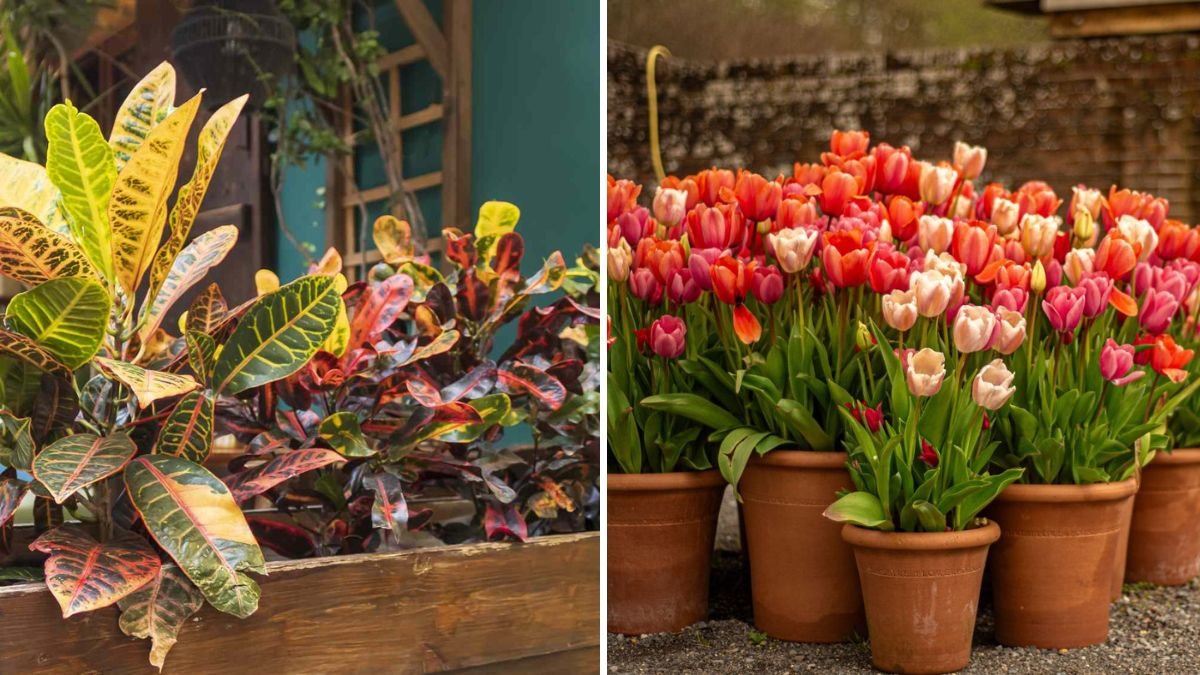Perennials are beloved for their long-lasting beauty, low maintenance, and seasonal blooms, making them a staple in many gardens. However, not all perennials thrive in containers. Some plants have extensive root systems, require specific soil conditions, or need consistent moisture that pots cannot provide. Growing the wrong perennials in containers can lead to poor growth, weak blooms, and even plant death.
Understanding which perennials are unsuitable for pots—and why—can help gardeners make informed choices and maintain a healthy, thriving garden.
This article explores eight perennials you should never grow in pots, explaining the reasons and providing alternatives for container gardening.
1. Peonies
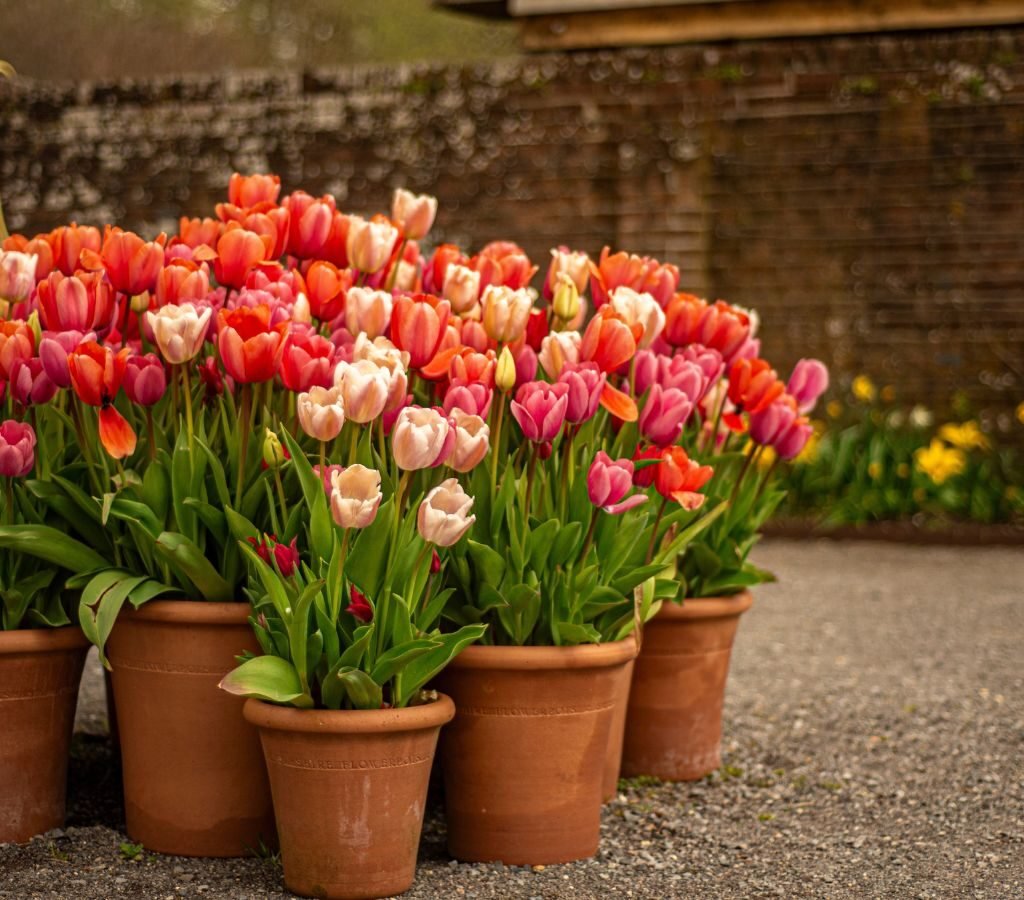
Why They Don’t Do Well in Pots
Peonies are deep-rooted perennials that can live for decades. Their roots need space to spread and to establish a robust crown. Pots restrict root growth and can dry out quickly in summer.
Effects of Container Growth
- Poor flowering due to restricted root space.
- Increased susceptibility to drought stress and temperature fluctuations.
- Shortened lifespan and reduced vigor.
Alternative
- Plant peonies in the ground with well-draining soil and full sun exposure.
- If you must use containers, choose large, deep pots and accept limited bloom potential.
2. Asparagus (Perennial Vegetable)
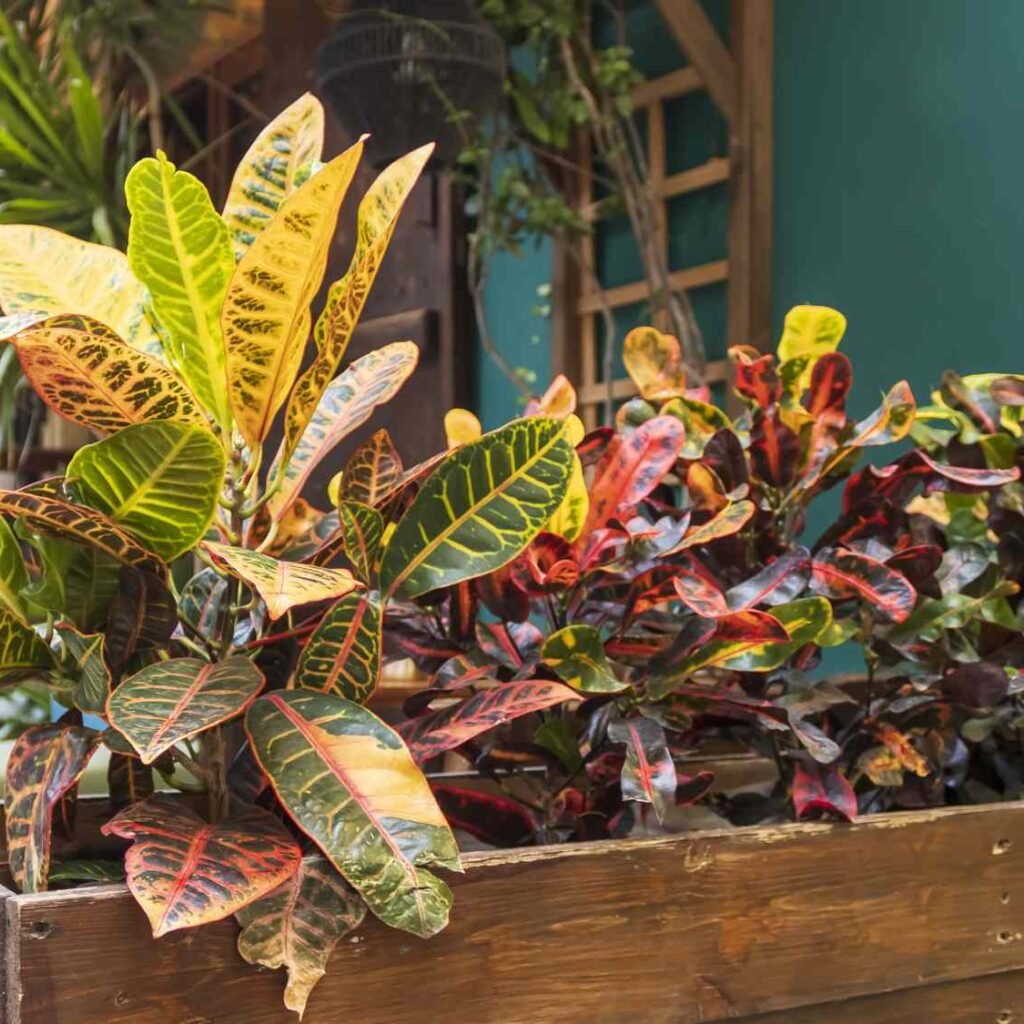
Why They Don’t Do Well in Pots
Asparagus produces long-lived crowns and roots that penetrate deeply. Containers cannot accommodate the extensive underground growth required for consistent spear production.
Effects of Container Growth
- Reduced spear yield and plant stress.
- Increased risk of root rot in confined, poorly drained soil.
- Plants may fail to establish over time.
Alternative
- Grow asparagus in raised beds or garden rows for maximum productivity.
3. Daylilies (Hemerocallis)
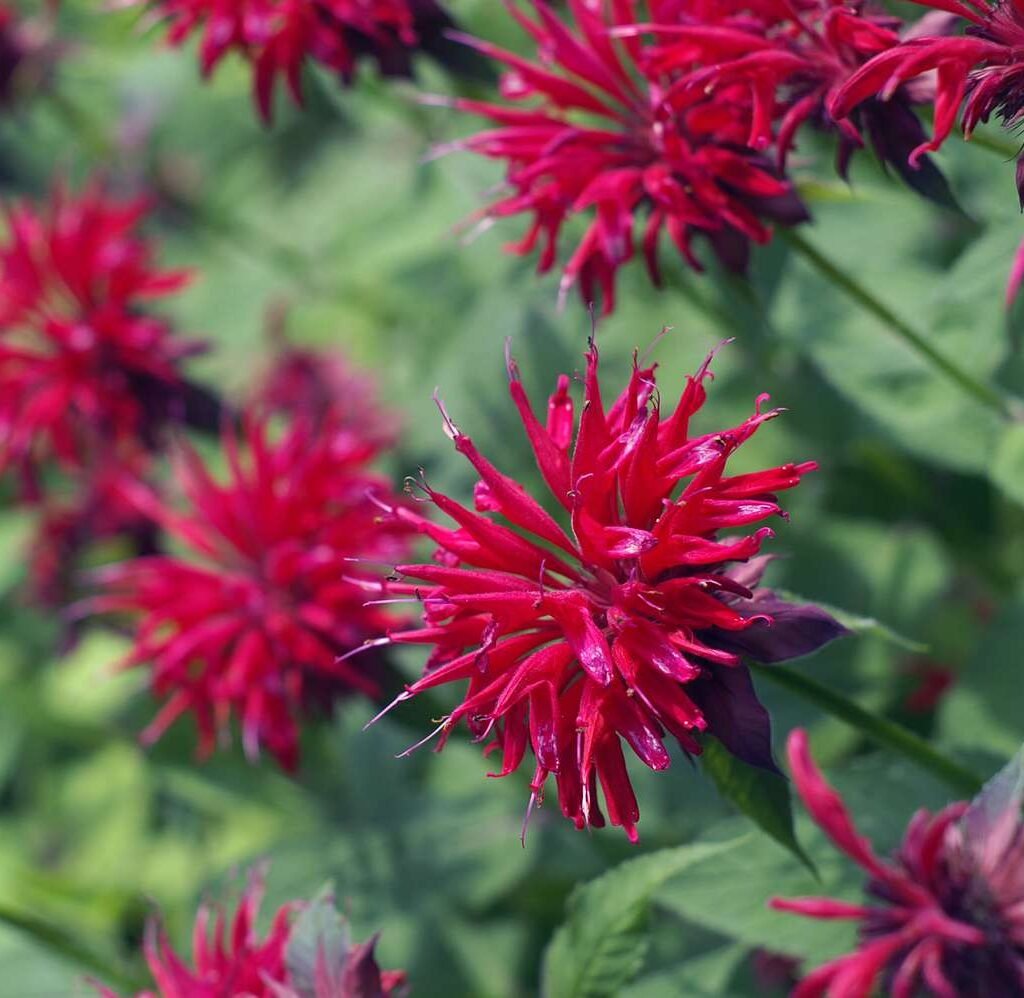
Why They Don’t Do Well in Pots
Daylilies develop dense, fibrous root systems that can quickly outgrow small containers. While they can survive temporarily in pots, they rarely thrive or flower optimally.
Effects of Container Growth
- Crowded roots reduce water and nutrient absorption.
- Flowers may be smaller or fewer in number.
- Plants require frequent repotting, increasing labor.
Alternative
- Plant daylilies directly in the garden, where roots can expand naturally.
- If container growth is necessary, choose large, wide pots and be prepared for regular maintenance.
4. Hostas
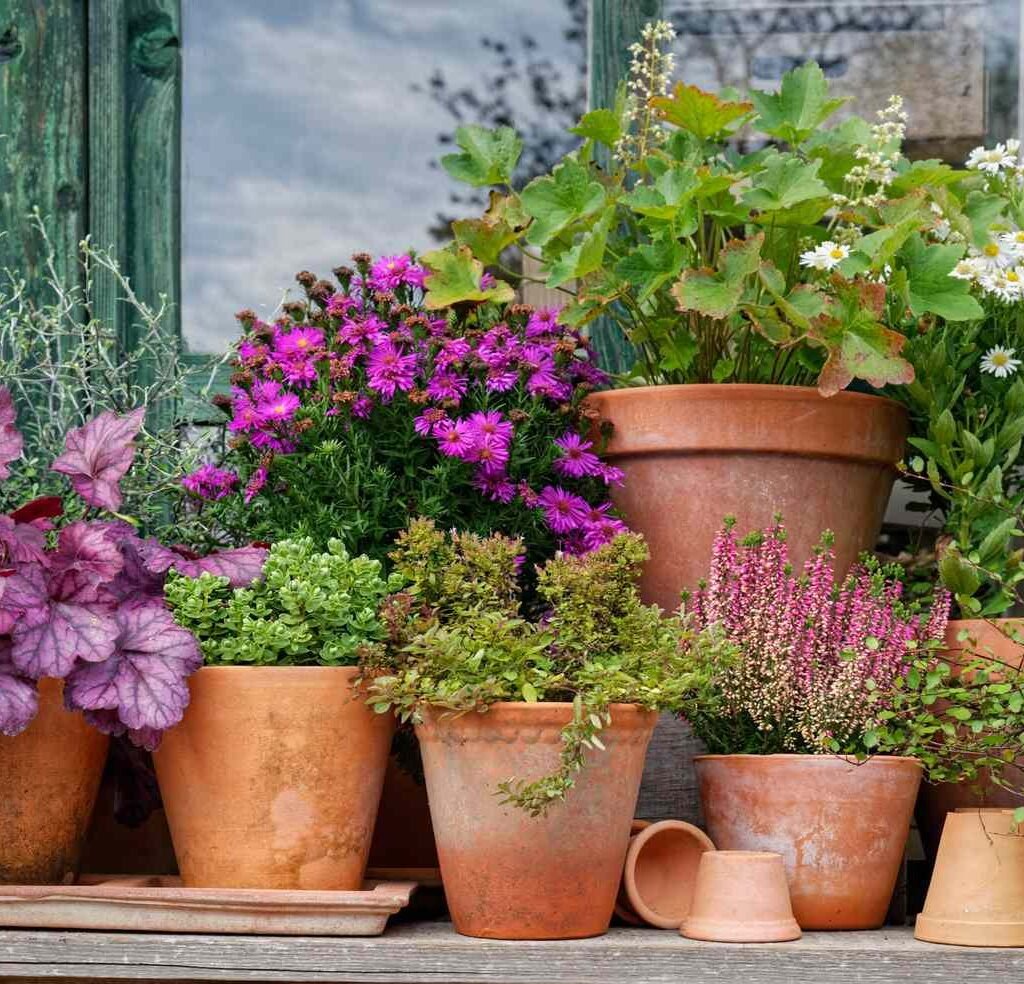
Why They Don’t Do Well in Pots
Hostas are shade-loving perennials that develop broad, spreading roots and rely on consistent soil moisture. In pots, soil dries rapidly, and the root system is often too restricted for full growth.
Effects of Container Growth
- Leaf size and overall plant size are diminished.
- Increased stress from temperature fluctuations and water stress.
- Susceptibility to slugs and pests increases in small containers.
Alternative
- Plant hostas in garden beds with rich, well-draining soil and partial shade.
- If container gardening is desired, larger pots with high organic matter soil are essential.
5. Ferns (Large Varieties)
Why They Don’t Do Well in Pots
Large ferns, such as Ostrich Fern or Cinnamon Fern, require ample root space and consistent moisture. Containers often dry out quickly and do not support their extensive root mass.
Effects of Container Growth
- Wilting, stunted growth, and smaller fronds.
- Increased vulnerability to temperature extremes and drought.
- Frequent repotting needed to prevent root congestion.
Alternative
- Plant large ferns in moist, shaded garden areas with rich soil.
- Smaller fern varieties, like maidenhair ferns, are more suitable for containers.
6. Lavender (English Lavender)
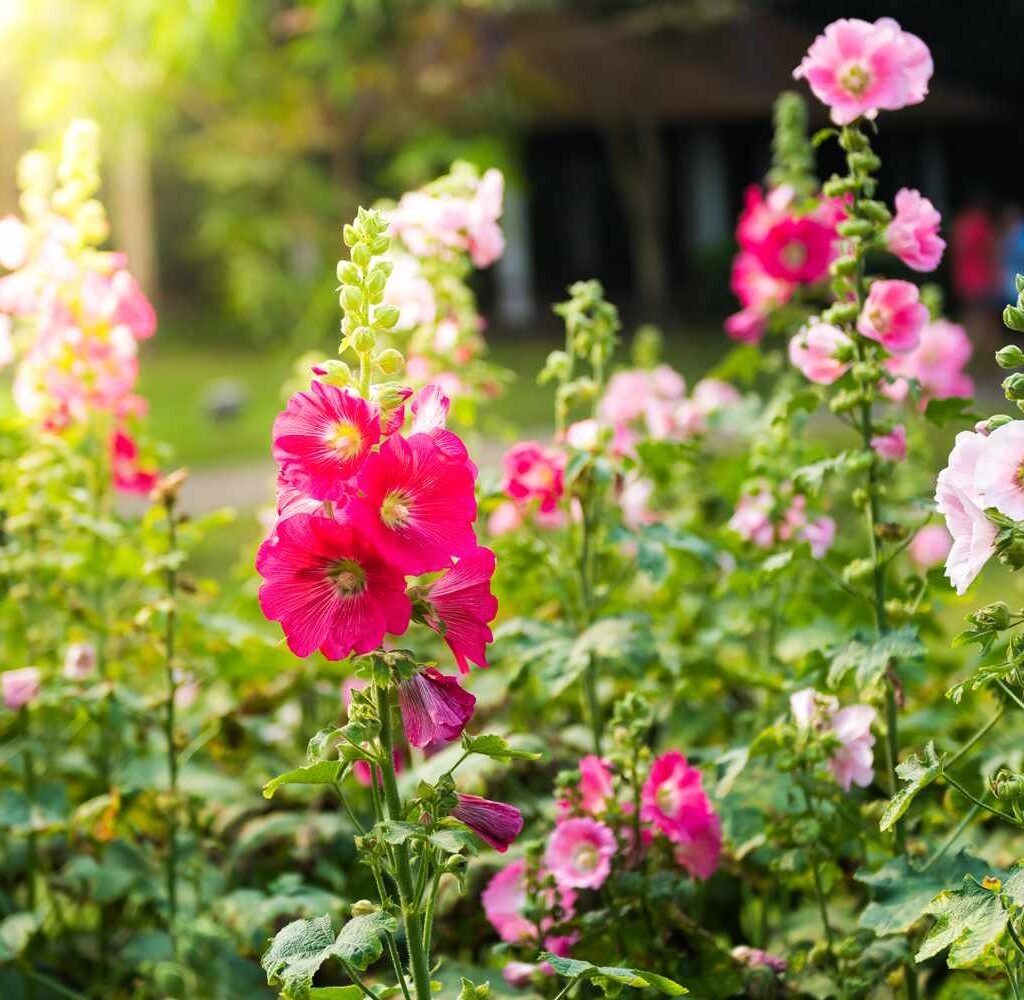
Why They Don’t Do Well in Pots
While some lavender varieties can survive in pots, traditional English lavender struggles in containers because it needs excellent drainage, full sun, and root room. Confined pots retain too much moisture and can lead to root rot.
Effects of Container Growth
- Poor flowering and short-lived plants.
- Root rot due to overwatering or poor drainage.
- Plants require frequent repotting and careful soil management.
Alternative
- Grow lavender in well-drained garden beds with sandy soil and full sun.
- For container growth, select dwarf or compact lavender varieties.
7. Trees and Large Shrubs (Perennial Woody Plants)
Why They Don’t Do Well in Pots
Perennial trees and large shrubs, including lilacs, hydrangeas, and rhododendrons, have extensive root systems. Containers restrict root expansion and create stress due to fluctuating soil moisture and temperature.
Effects of Container Growth
- Poor flowering and slow growth.
- Increased susceptibility to drought, pests, and diseases.
- Need for frequent repotting and root pruning.
Alternative
- Plant large shrubs and trees directly in the ground with adequate spacing and support.
- For container gardening, opt for dwarf or compact cultivars.
8. Bamboo (Clumping and Running Varieties)
Why They Don’t Do Well in Pots
Bamboo has vigorous, spreading root systems. While it can survive temporarily in a container, pots restrict growth and cause stress over time.
Effects of Container Growth
- Root-bound plants with limited nutrient uptake.
- Reduced height and density.
- Frequent maintenance and repotting needed to prevent container overcrowding.
Alternative
- Plant bamboo in garden soil or confined ground spaces with barriers for running types.
- Container-friendly dwarf bamboo varieties are better suited for pots.
General Guidelines for Container-Friendly Perennials
- Check Root Systems: Plants with deep, spreading roots often struggle in containers.
- Assess Growth Size: Large perennials need room for above- and below-ground growth.
- Evaluate Moisture Needs: Plants requiring consistently moist soil may not thrive in rapidly drying pots.
- Consider Lifespan: Short-lived or delicate perennials may do better in containers.
- Select Container-Adapted Varieties: Many nurseries sell dwarf or compact cultivars specifically for pots.
Following these guidelines ensures healthy, thriving plants and reduces stress for both gardener and perennial.
Conclusion
While container gardening provides flexibility and mobility, not all perennials are suited for pots. Choosing the wrong plants for containers can result in stunted growth, poor flowering, or plant death. The eight perennials you should generally avoid growing in pots are:
- Peonies – need deep root space.
- Asparagus – extensive underground crowns.
- Daylilies – dense fibrous roots.
- Hostas – broad spreading roots and high moisture needs.
- Large Ferns – require consistent moisture and root space.
- Lavender (English varieties) – sensitive to overwatering in pots.
- Trees and Large Shrubs – extensive roots and size constraints.
- Bamboo – aggressive root growth and container stress.
Instead, gardeners should plant these species in garden beds or appropriate outdoor spaces while reserving containers for compact, dwarf, or slow-growing perennials. Making the right choice ensures that your garden is vibrant, healthy, and low-maintenance, allowing your perennials to thrive year after year.
